Find Help
More Items From Ergsy search
-
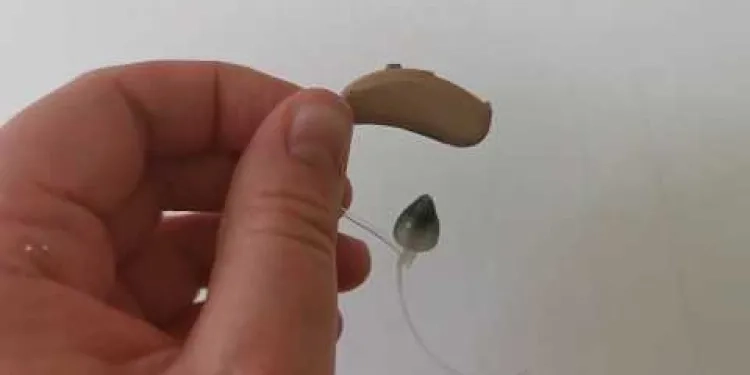
How to clean your hearing aid
Relevance: 100%
-

How to insert your hearing aid
Relevance: 69%
-

Showing you around your hearing aid
Relevance: 69%
-

How to remove your hearing aid
Relevance: 67%
-
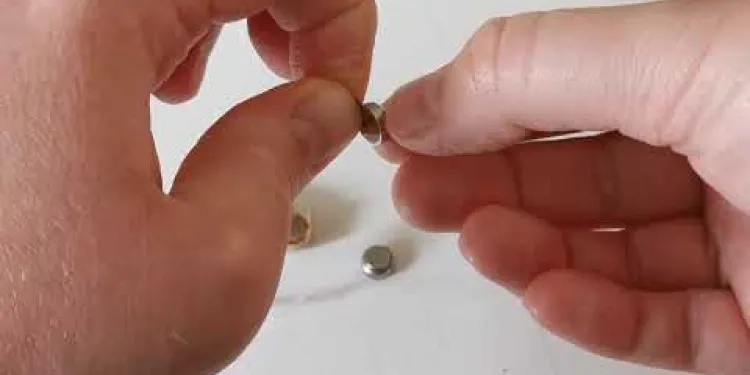
How to change your hearing aid battery
Relevance: 61%
-
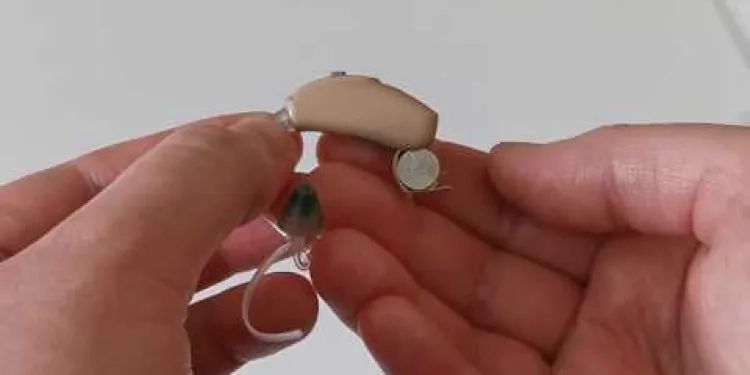
How to turn your hearing aids on and off
Relevance: 59%
-
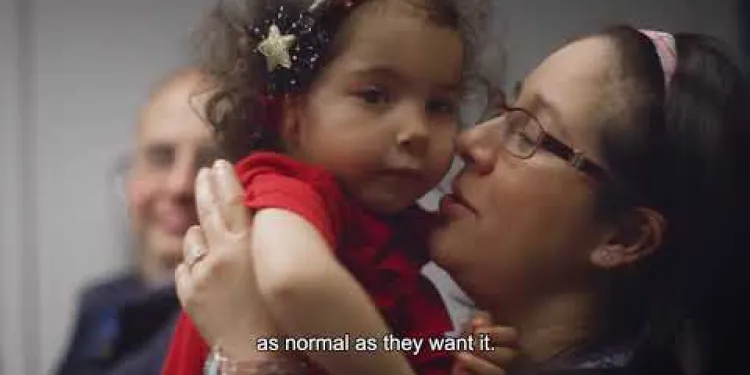
My baby has a hearing loss - what next?
Relevance: 42%
-

Are there specific hearing issues that pose a risk to older drivers?
Relevance: 39%
-
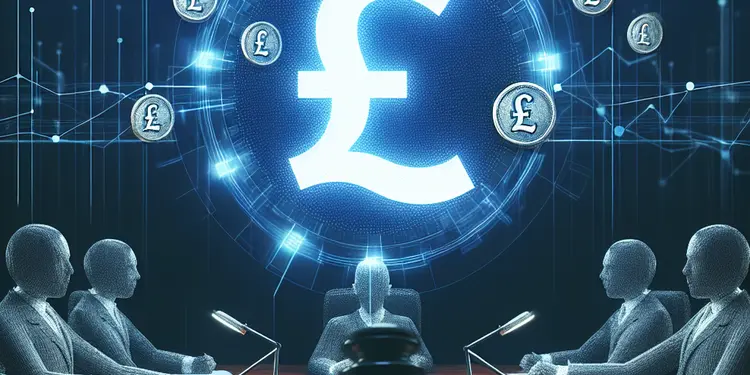
What happens during a tribunal hearing?
Relevance: 38%
-

How do I prepare for a tribunal hearing?
Relevance: 36%
-

How can I prepare for an eviction court hearing?
Relevance: 36%
-

Will attending a tribunal hearing be mandatory?
Relevance: 35%
-
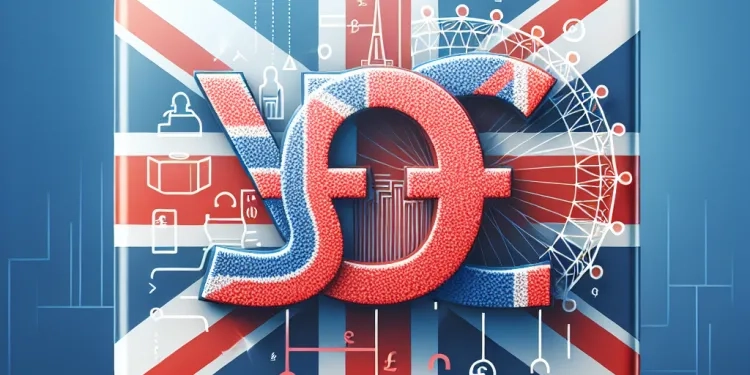
What is AIDS?
Relevance: 32%
-

What should I do if I have hearing or visual impairments for the DVSA Theory Test?
Relevance: 32%
-

What topics are covered in a first aid course?
Relevance: 29%
-
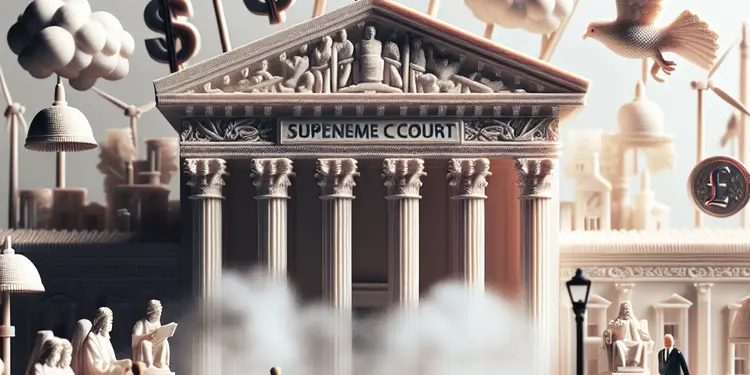
Supreme Court to Hear Landmark Case on Environmental Regulations
Relevance: 29%
-

Can first aid skills help in daily life?
Relevance: 28%
-

Are there first aid courses for pets?
Relevance: 27%
-

What is HIV / AIDS?
Relevance: 27%
-

Do first aid certifications expire?
Relevance: 27%
-

Where can I learn First Aid?
Relevance: 26%
-

Are there mobile apps that teach first aid?
Relevance: 26%
-

Are there free resources for learning first aid?
Relevance: 26%
-
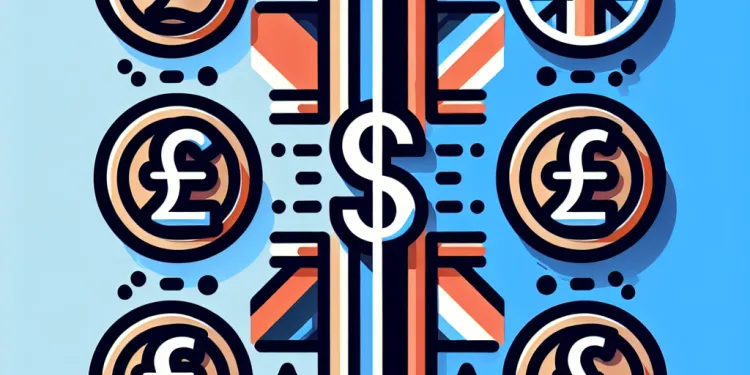
What is the difference between HIV and AIDS?
Relevance: 26%
-

Are there financial aids available for further education?
Relevance: 26%
-
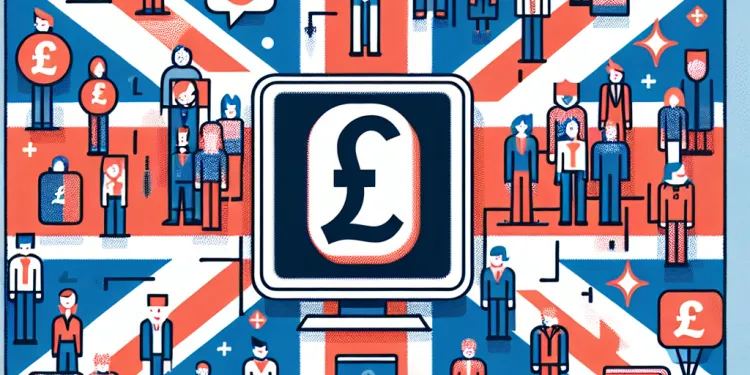
Can I learn first aid as a group?
Relevance: 26%
-

How to help deaf and hearing impaired patients and staff through Covid
Relevance: 25%
-

What is the best first aid certification to obtain?
Relevance: 25%
-

Where can I learn first aid online?
Relevance: 25%
-

Can I take first aid courses in person?
Relevance: 25%
-

Do I need to bring anything to a first aid course?
Relevance: 24%
-

How can I practice first aid skills effectively?
Relevance: 24%
-

What age is appropriate to start learning first aid?
Relevance: 24%
-

Can first aid courses be applied for college credit?
Relevance: 24%
-

How important is it to learn CPR along with first aid?
Relevance: 23%
-
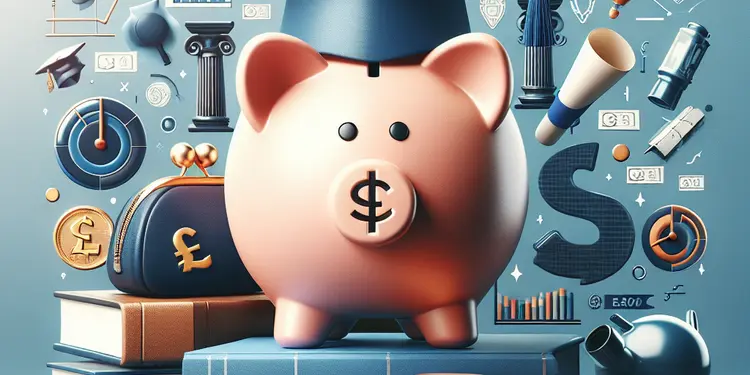
How does the payment affect students' financial aid packages?
Relevance: 23%
-
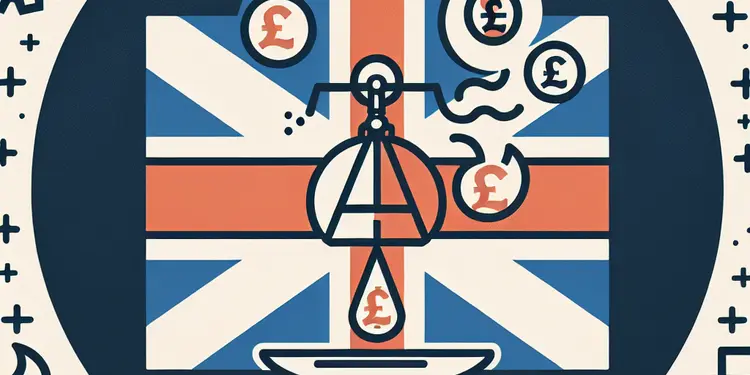
Legal Aid Cuts: Campaigners Warn of Access to Justice Crisis
Relevance: 23%
-

Self care: Treating ear infections
Relevance: 20%
-

What first aid measures can be taken in case of methanol exposure?
Relevance: 19%
-

Are there specific first aid courses for different professions?
Relevance: 19%
How to Clean Your Hearing Aid
Keeping your hearing aid clean is crucial to ensure its optimal performance and longevity. Regular maintenance can prevent common issues such as feedback, reduced sound quality, and potential damage. Below is a comprehensive guide for users in the United Kingdom to help maintain their hearing aids in top condition.
Understanding the Parts of a Hearing Aid
Before cleaning your hearing aid, it’s important to understand its basic parts: the microphone, speaker (also known as a receiver), ear mould, and battery compartment. Each of these components requires specific attention during cleaning to prevent damage and ensure reliability.
Daily Cleaning Routine
A daily cleaning routine can significantly improve the performance of your hearing aid. Start by gently wiping the exterior of your hearing aid with a dry, soft cloth. Avoid using water or cleaning solutions, as moisture can damage the delicate electronics. Consider using a hearing aid brush to remove any debris from the microphone opening. Regularly check the wax guard and replace it as needed to prevent blockages that could affect sound quality.
Weekly Deep Cleaning
Once a week, perform a more thorough cleaning of your hearing aid. Remove the ear mould and soak it in soapy, lukewarm water for a few minutes, then rinse and dry it thoroughly. Ensure there’s no remaining moisture before reattaching it to the device. Use a vent cleaner to clear any build-up in the tubing. For users in damp climates like the UK, a dehumidifier designed for hearing aids can be beneficial in removing excess moisture.
Battery Maintenance
Maintaining your hearing aid's battery is crucial for its longevity. Replace batteries immediately when you notice the sound weaken or become distorted. When not in use, open the battery compartment to allow any moisture to escape, and store your hearing aids in a dry, safe place. Purchase batteries from trusted pharmaceutical outlets across the UK to ensure quality.
When to Seek Professional Help
Despite regular cleaning, you might encounter issues that require professional attention. If you notice persistent problems like diminished sound quality or physical damage, visit a certified audiologist. Many UK-based audiology clinics offer professional cleaning and maintenance services, ensuring your device remains in excellent condition.
By following these steps, you can keep your hearing aids functioning effectively, allowing you to enjoy clear and reliable hearing assistance every day. Regular maintenance can prevent costly repairs and extend the lifespan of your device, providing peace of mind and continued auditory comfort.
How to Clean Your Hearing Aid
Cleaning your hearing aid is very important. It helps it work well and last longer. By looking after it regularly, you can stop it from having problems like feedback (annoying noises), not sounding right, or getting broken. Here’s a simple guide to help you look after your hearing aid.
Understanding the Parts of a Hearing Aid
Before you clean your hearing aid, it helps to know its main parts. These parts are the microphone (where sound goes in), the speaker (where sound comes out), the ear mould, and the battery compartment. Each part needs special care when you clean it so it doesn’t get damaged.
Daily Cleaning Routine
Clean your hearing aid every day to make it work better. Use a dry, soft cloth to gently wipe it on the outside. Do not use water, as this can hurt the electronics inside. You can also use a small brush to clean the microphone area where dirt can get in. Check the small wax guard often and change it if needed to keep the sound clear.
Weekly Deep Cleaning
Once a week, give your hearing aid a deeper clean. Take off the ear mould and wash it in warm, soapy water for a few minutes. Then rinse and dry it well. Make sure it is completely dry before you put it back on the device. Use a vent cleaner to clean the tubes. If your home is damp, using a special dryer for hearing aids can help keep them dry.
Battery Maintenance
Looking after the battery helps your hearing aid work better for longer. Change the battery when the sound gets weak or strange. When you aren’t using your hearing aid, open the battery case to let out any moisture. Keep your hearing aid in a dry place. Buy new batteries from a reliable store to make sure they are good quality.
When to Seek Professional Help
Sometimes, your hearing aid might need a check-up by a professional. If it doesn’t sound right or looks broken, go to an audiologist (a hearing doctor). In the UK, many clinics can clean and fix your hearing aid to keep it working well.
By following these easy steps, your hearing aid will help you hear clearly every day. Looking after your hearing aid can stop big problems and make it last longer, giving you peace of mind.
Frequently Asked Questions
How often should I clean my hearing aid?
You should clean your hearing aid daily to ensure optimal performance and to prevent build-up of earwax and debris.
What is the best way to remove earwax from my hearing aid?
Use a soft, dry cloth or a special cleaning tool provided with your hearing aid to gently remove earwax. Avoid using sharp objects that could damage the device.
Can I use water to clean my hearing aid?
No, you should not use water, as it can damage the electronic components of your hearing aid. Instead, use a dry cloth and specific hearing aid cleaning tools.
What tools do I need to clean my hearing aid?
Basic cleaning tools include a soft cloth, a small brush or pick, a wax loop, and cleaning wipes specifically designed for hearing aids.
How can I clean the microphone ports on my hearing aid?
Use a small brush to gently clear any debris around the microphone ports, being careful not to push debris into the microphones.
How do I clean the earpiece of my hearing aid?
Remove the earpiece and wipe it with a soft, dry cloth. Use a wax loop tool to remove any earwax build-up from the earpiece.
What should I do if my hearing aid gets wet?
Remove the battery immediately and dry the hearing aid with a soft cloth. Use a hearing aid dryer or dehumidifier overnight.
How can I prevent my hearing aid from getting dirty?
Store your hearing aid in a clean, dry place when not in use, handle it with clean hands, and keep it away from hairspray and other sprays.
Is it safe to use alcohol wipes on my hearing aid?
Avoid using alcohol wipes, as they may damage the hearing aid. Use wipes specifically designed for hearing aids.
Can I use a hair dryer to dry my hearing aid?
No, the heat from a hair dryer can damage the hearing aid. Instead, use a hearing aid dryer or let it air-dry at room temperature.
How do I clean the earmould of my hearing aid?
Remove the earmould and wash it with mild soapy water, rinse it thoroughly, and let it dry completely before reattaching it to the hearing aid.
What is the best way to store my hearing aid?
Store your hearing aid in a dry, cool place, ideally in its case or a dehumidifying container, to protect it from moisture and dust.
Should I turn off my hearing aid when cleaning it?
Yes, it's a good practice to turn off your hearing aid and remove the battery when cleaning it.
How do I clean the tubing of a behind-the-ear (BTE) hearing aid?
Detach the tubing from the hearing aid and flush it with warm, soapy water. Rinse thoroughly and let it dry completely before reattaching.
Why does my hearing aid keep getting clogged with earwax?
Earwax build-up in hearing aids is common. Regular cleaning, proper fitting, and using wax guards or filters can help manage this issue.
How often should I clean my hearing aid?
It is good to clean your hearing aid every day. This helps it work well.
Here are some helpful tips:
- Wipe it with a soft cloth.
- Keep it dry. Water can hurt it.
- Check for dirt or earwax.
If you need help, ask an adult or a friend. They can show you what to do.
You should clean your hearing aid every day. This helps it work well and stops earwax and dirt from building up.
How can I clean earwax from my hearing aid?
Earwax can get on hearing aids. This can make them not work well.
Here is how to clean it:
- Use a soft, dry cloth to wipe it.
- Use a small brush to gently clean it.
- Do not use water or other liquids.
If you need help, ask an adult or someone who knows about hearing aids.
You can also use special cleaning tools made for hearing aids.
Use a soft, dry cloth to clean your hearing aid. You can also use a special cleaning tool that comes with it. Be gentle and remove any earwax. Do not use sharp things because they can break your hearing aid.
Can I clean my hearing aid with water?
You might think about using water to clean your hearing aid.
But water can hurt your hearing aid. It's better to use a special cloth or brush.
Ask your hearing specialist for help if you're not sure. They can show you the best way to clean it.
No, do not use water. Water can break your hearing aid. Use a dry cloth and special hearing aid cleaning tools instead.
What do I need to clean my hearing aid?
Here are some simple tools you can use to clean your hearing aid:
- A soft brush to remove dust and dirt.
- A small wire or hook to clean tiny holes.
- A small cloth to wipe it clean.
- A drying kit to keep it dry and working well.
You can ask someone to help you clean your hearing aid if you find it tricky.
To clean hearing aids, you will need some simple tools. You need a soft cloth, a small brush or toothpick, a wax loop, and wipes that are made just for hearing aids.
How do I clean the microphone holes on my hearing aid?
The microphone holes on your hearing aid can get dirty. Keeping them clean helps your hearing aid work better. Here’s how to clean them:
- Use a soft brush. A small, soft brush can help remove dust or dirt. Be gentle!
- Try a cleaning tool. Sometimes, hearing aids come with a cleaning tool. It can help clean the small holes.
- Use a cloth. A dry cloth can wipe away dirt. Make sure the cloth is not wet.
If you need help, ask a grown-up or a friend. It’s important to keep your hearing aid clean. This will help you hear well!
Use a small brush to gently clean around the microphone holes. Be careful not to push dirt into the microphones.
How can I clean my hearing aid earpiece?
Here are simple steps to clean your hearing aid earpiece:
- Take off the earpiece from your hearing aid.
- Use a clean, dry cloth to gently wipe the earpiece.
- If there is wax, use a special brush or pick to remove it.
- Do not use water or cleaning fluids.
- Put the earpiece back on your hearing aid.
Ask someone you trust to help if you need support. Use a magnifying glass to see better. You can also use a hearing aid cleaning kit. It has helpful tools for cleaning.
Take out the earpiece. Use a soft, dry cloth to wipe it clean. If there is any earwax, use a special tool called a wax loop to clean it off the earpiece.
What to Do if My Hearing Aid Gets Wet
If your hearing aid gets wet, don't worry. Here are some easy steps to help you:
- Take out the battery right away. This helps stop damage.
- Gently dry your hearing aid with a soft towel.
- Do not use a hairdryer or heater. These can harm the hearing aid.
- Leave your hearing aid in a safe, dry place. Let it air dry fully.
- If you have a drying kit, use it. It can help make sure your hearing aid dries out well.
- Once dry, put in a new battery and test your hearing aid.
- If it still does not work, talk to your audiologist. They can help fix it.
Tools that might help:
- Drying Kit: A special box that helps dry your hearing aid.
- Soft Towel: A gentle cloth to dry the hearing aid.
Take out the battery right away and dry the hearing aid with a soft cloth. Use a special machine to dry it overnight, like a hearing aid dryer or dehumidifier.
How can I keep my hearing aid clean?
Here are some easy ways to keep your hearing aid clean:
- Wipe it every day: Use a soft, dry cloth to gently wipe your hearing aid.
- Keep it dry: Don't get your hearing aid wet. Take it off before you shower or swim.
- Use a case: Put your hearing aid in a case when you are not using it.
- Check for wax: Look for earwax on your hearing aid. Clean it carefully if you see any wax.
If you need help, ask a family member or friend to show you how to clean your hearing aid. You can also ask your doctor or hearing specialist for advice.
When you are not using your hearing aid, put it in a clean and dry place. Handle it with clean hands, and keep it away from hairspray and other sprays.
Can I use alcohol wipes to clean my hearing aid?
Do not use alcohol wipes, because they can hurt the hearing aid. Use special wipes made for cleaning hearing aids.
Can I use a hair dryer to dry my hearing aid?
A hair dryer is a tool that blows hot air. It can be too hot for a hearing aid. Heat can hurt the hearing aid and stop it from working. It is better to let the hearing aid dry by itself or use a special drying box. Ask an adult if you are not sure what to do.
No, you should not use a hair dryer on your hearing aid. The heat can break it. Use a hearing aid dryer instead. Or you can let it dry by itself in the room.
How can I clean my hearing aid earmould?
Here are some easy steps to help you clean your hearing aid earmould:
- Take the earmould off the hearing aid. This makes it easier to clean.
- Use warm, soapy water to wash the earmould. Be gentle!
- Rinse the earmould with clean water to get rid of soap.
- Shake the earmould to remove extra water.
- Use a soft towel to dry it. Make sure it is fully dry before using it again.
You can ask a family member to help you, or use a special cleaning tool made for hearing aids.
Take off the earmould. Wash it with warm, soapy water. Rinse it well with clean water. Let it dry all the way before you put it back on the hearing aid.
How do I keep my hearing aid safe?
Keep your hearing aid in a dry and cool spot. Try to use its case or a special drying box. This helps protect it from getting wet or dusty.
Do I need to turn off my hearing aid when I clean it?
Yes, it is a good idea to turn off your hearing aid before cleaning it. This helps keep it safe.
Here is what you can do:
- Turn your hearing aid off.
- Wipe it gently with a soft cloth.
- Use a small brush to clean the small parts.
If you need help, ask someone you trust or your hearing aid specialist.
Yes, it is good to switch off your hearing aid and take out the battery before cleaning it.
How do I clean the tube of a behind-the-ear (BTE) hearing aid?
Here is how you can clean the tube of your BTE hearing aid:
- Take off the tube from the hearing aid. Ask an adult to help if you need it.
- Wash the tube in warm, soapy water. Make sure the water is not too hot.
- Use a little brush to clean inside the tube. You can find special brushes at the store.
- Rinse the tube with clean water. Make sure all the soap is gone.
- Dry the tube completely. You can shake out the water and let it air dry.
- Put the tube back on the hearing aid. Make sure it fits snugly.
Use a reminder on your calendar or ask someone to remind you when it's time to clean your hearing aid tube again.
You can also use special cleaning kits if you have them. They can make things easier.
Take the tube off the hearing aid. Wash the tube with warm, soapy water. Rinse it well, and let it dry all the way before putting it back on.
Why does my hearing aid get blocked with earwax?
Your hearing aid might get blocked because of earwax. Earwax is normal in the ear. It can build up and block the hearing aid.
Here are some tips to help:
- Clean your hearing aid every day. Use a soft, dry cloth.
- Ask your audiologist for special cleaning tools.
- Visit your doctor if you have a lot of earwax.
Earwax can get stuck in hearing aids a lot. Cleaning them often and making sure they fit right can help. You can also use wax guards or filters to keep earwax out.
Useful Links
- Ergsy carfully checks the information in the videos we provide here.
- Videos shown by Youtube after a video has completed, have NOT been reviewed by ERGSY.
- To view, click the arrow in centre of video.
- Most of the videos you find here will have subtitles and/or closed captions available.
- You may need to turn these on, and choose your preferred language.
- Go to the video you'd like to watch.
- If closed captions (CC) are available, settings will be visible on the bottom right of the video player.
- To turn on Captions, click settings .
- To turn off Captions, click settings again.
More Items From Ergsy search
-

How to clean your hearing aid
Relevance: 100%
-

How to insert your hearing aid
Relevance: 69%
-

Showing you around your hearing aid
Relevance: 69%
-

How to remove your hearing aid
Relevance: 67%
-

How to change your hearing aid battery
Relevance: 61%
-

How to turn your hearing aids on and off
Relevance: 59%
-

My baby has a hearing loss - what next?
Relevance: 42%
-

Are there specific hearing issues that pose a risk to older drivers?
Relevance: 39%
-

What happens during a tribunal hearing?
Relevance: 38%
-

How do I prepare for a tribunal hearing?
Relevance: 36%
-

How can I prepare for an eviction court hearing?
Relevance: 36%
-

Will attending a tribunal hearing be mandatory?
Relevance: 35%
-

What is AIDS?
Relevance: 32%
-

What should I do if I have hearing or visual impairments for the DVSA Theory Test?
Relevance: 32%
-

What topics are covered in a first aid course?
Relevance: 29%
-

Supreme Court to Hear Landmark Case on Environmental Regulations
Relevance: 29%
-

Can first aid skills help in daily life?
Relevance: 28%
-

Are there first aid courses for pets?
Relevance: 27%
-

What is HIV / AIDS?
Relevance: 27%
-

Do first aid certifications expire?
Relevance: 27%
-

Where can I learn First Aid?
Relevance: 26%
-

Are there mobile apps that teach first aid?
Relevance: 26%
-

Are there free resources for learning first aid?
Relevance: 26%
-

What is the difference between HIV and AIDS?
Relevance: 26%
-

Are there financial aids available for further education?
Relevance: 26%
-

Can I learn first aid as a group?
Relevance: 26%
-

How to help deaf and hearing impaired patients and staff through Covid
Relevance: 25%
-

What is the best first aid certification to obtain?
Relevance: 25%
-

Where can I learn first aid online?
Relevance: 25%
-

Can I take first aid courses in person?
Relevance: 25%
-

Do I need to bring anything to a first aid course?
Relevance: 24%
-

How can I practice first aid skills effectively?
Relevance: 24%
-

What age is appropriate to start learning first aid?
Relevance: 24%
-

Can first aid courses be applied for college credit?
Relevance: 24%
-

How important is it to learn CPR along with first aid?
Relevance: 23%
-

How does the payment affect students' financial aid packages?
Relevance: 23%
-

Legal Aid Cuts: Campaigners Warn of Access to Justice Crisis
Relevance: 23%
-

Self care: Treating ear infections
Relevance: 20%
-

What first aid measures can be taken in case of methanol exposure?
Relevance: 19%
-

Are there specific first aid courses for different professions?
Relevance: 19%


